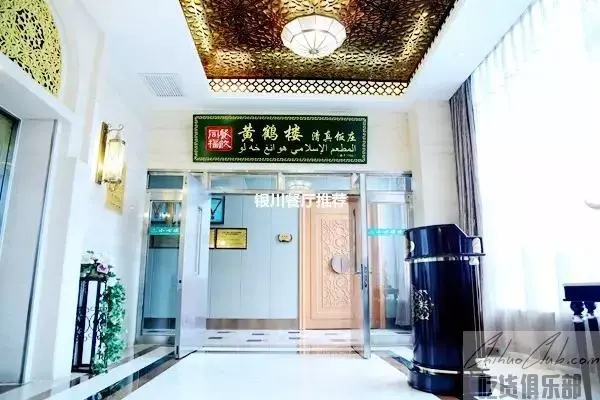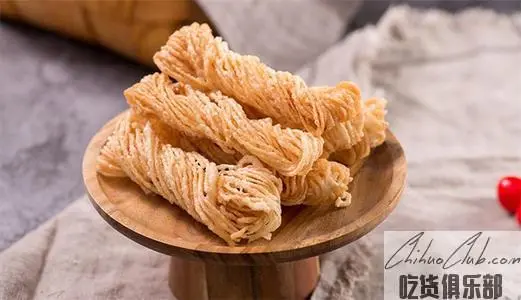
Yellow Crane Tower restaurant
-
Updat date::
-
addressEn:
-
Phone:
With the blessing of the Yellow Crane Tower Hotel restaurant began in 1946 has gone through 70 years of vicissitudes of history. Xinhua"s "Yellow Crane Tower" "with the blessing of living", it was the largest city of Yinchuan two restaurant. Two restaurant often brightly lit, almost a full house.
In the early years of the Republic of China, commerce recovered a little, and gradually formed a modern capitalist private business in old Yinchuan, represented by jingyitai, tianchengxi, longtaiyu, heshengheng, baichuanhui, guangfalong, fuxindian and yongshengfu.
The eight merchants mainly purchased goods from Shanxi Province. The goods were all local cloth, thread, match, iron pot, shovel and other local products produced by manual workshops and household handicraft industry, accounting for more than 70% of the total purchase. There were also fine cloth, candles, "Lihua" soap, nails, iron wire, enamel pots, socks, bicycles, wall clocks from Tianjin, and 50 iron tubes produced by British American tobacco company About 30% of the total purchases were made of battery cigarettes, as well as brand-name cigarettes such as hadmen, Shandao, laopinhai and hongxibao.
All of these goods are sold by eight big shops in liushuxiang.
When the business was booming, the annual income of the "eight Shanxi Merchants" was up to 50000-200000 silver yuan. The retail sales mode was mainly retail in the late Qing Dynasty and wholesale after the Republic of China. "Eight Shanxi Merchants" are also engaged in purchasing business. They send special personnel to purchase Ningxia local products such as wool, medlar, licorice, Nostoc flagelliforme, etc. in Zhongning, Pingluo, Tongxin and Alxa banner of Ningxia, and then transport them to Huiyuan long warehouse in Tianjin for sale to Guangzhou merchants, Hong Kong and Macao merchants and Tianjin foreign company.
According to statistics, 1.75 million pieces of foreign cloth and more than 500000 cases of soap of various types are transported in every year.
In addition to 20% - 30% of the imported goods are sold in Yinchuan, most of them are transferred to Lanzhou, Xi'an, Xining and other places.
These goods are transported in and out of the Yellow River basin between Baotou and Yinchuan by more than 40000 camels and dozens of merchant ships.
Therefore, Yinchuan city has become the gateway of Northwest trade. It is a commercial city as well as a consumption city. It is really a business city and a consumer city. It is really the merchants who blocked the roads, the vehicles and horses, the wholesale, and the prosperity for a time, so that the small town of Yinchuan had commodity trade with other provinces in the past, and the purchase and sales were prosperous. At that time, liushuxiang became the first commercial street for Yinchuan people to shop.
After 1934, the bureaucratic capital ruling group headed by Ma Hongkui set up the largest official run Funing company in Yinchuan.
Under the monopoly of Ma's bureaucratic capital ruling group, the "eight Shanxi Merchants" were gradually deprived of the right to operate Ningxia's local products and cut off the channels of purchasing goods from other provinces and cities.
The national government issued legal currency indiscriminately, which led to the rapid devaluation of circulating currency, which led to the decline of private business in old Yinchuan.
By 1948, yongshengfu, fuxindian, heshengheng, longtaiyu and guangfalong of the "eight Shanxi Merchants" all went bankrupt one after another. The only remaining three, jingyitai, tianchengxi and baichuanhui, were also dying, and the business of small and medium-sized merchants was depressed.
On the eve of the liberation of Yinchuan in 1949, almost all of the private businesses in Yinchuan, which were marked by the original "eight big families of Shanxi Merchants", collapsed. Some small and medium-sized private businesses moved out, and the survivors were hard to maintain.
Xinhua Street has its own Yinchuan city. Since then, there are many merchants and shops. It is known as "Wangfujing" in Ningxia, and it is also said that "an inch of land is an inch of gold".
Before liberation, Xinhua Street, starting from Xinhua Hotel at the intersection of Zhongshan South Street in the East and jinfenghuang cinema in the west, was the most prosperous golden area in the city of Ningxia at that time.
In the 1930s and 1940s, there was a Qinqiang theater in Xinhua street called "Juemin society". In the original Yinchuan theater, famous actors included Yang Juemin, Zhao Shouzhong, Wang gengbin, Liu Yankui, etc. The theater can accommodate more than 1000 people, singing in the daytime and at night, and the venues are full.
In the past, people's amateur cultural life was monotonous, and the main entertainment activities were listening to Qin opera. Therefore, people who like Qinqiang opera, whether from the city or from the countryside, came to Xinhua street every time they went to a fair.
As a result, Xinhua Street has gained popularity. People from all over the country are bustling. All kinds of vendors have got a good idea of this golden area. They set up stalls in the open space of the original Dongfanghong cinema on Xinhua Street, and gradually formed a grocery market. There are small department stores with all kinds of tips and tricks, and some sell small non-staple food, such as foreign sugar, melon seeds, cakes and cigarettes.
There are ordinary people, high-ranking officials, rich businessmen and farmers who go to the city to do business. They bought several liang of foreign sugar and melon seeds and went into the theater of Juemin society. They ate and watched. It was very pleasant.
At that time, the two houses in Xinhua city were the largest. The two restaurants are usually well lit and full of high-quality friends.
Military and political personnel and local rich businessmen are frequent visitors here. Wedding parties for rich families to marry their daughters are also often held here. Ordinary poor people do not visit these restaurants, but just pass by and smell the fragrance.
Ode to the Yellow Crane Tower
For decades, delicacies have been passed on to me. Look at the braised chicken, sweet and sour carp, red grilled mutton and Sixi meatballs. It's a great feast, and the taste is delicious and melodious! After the Yellow Crane Tower, it inherits the ancient charm of returning home, and secret craft. The outstanding characteristics bring forth a new foundation. It is exquisite in several cauldrons. It has mutton in hand, sea cucumber with scallion, sweet and sour sirloin, and plates. It is delicious and has a long history! Fanghuai Yellow Crane Tower is honored with new friends and old friends.
